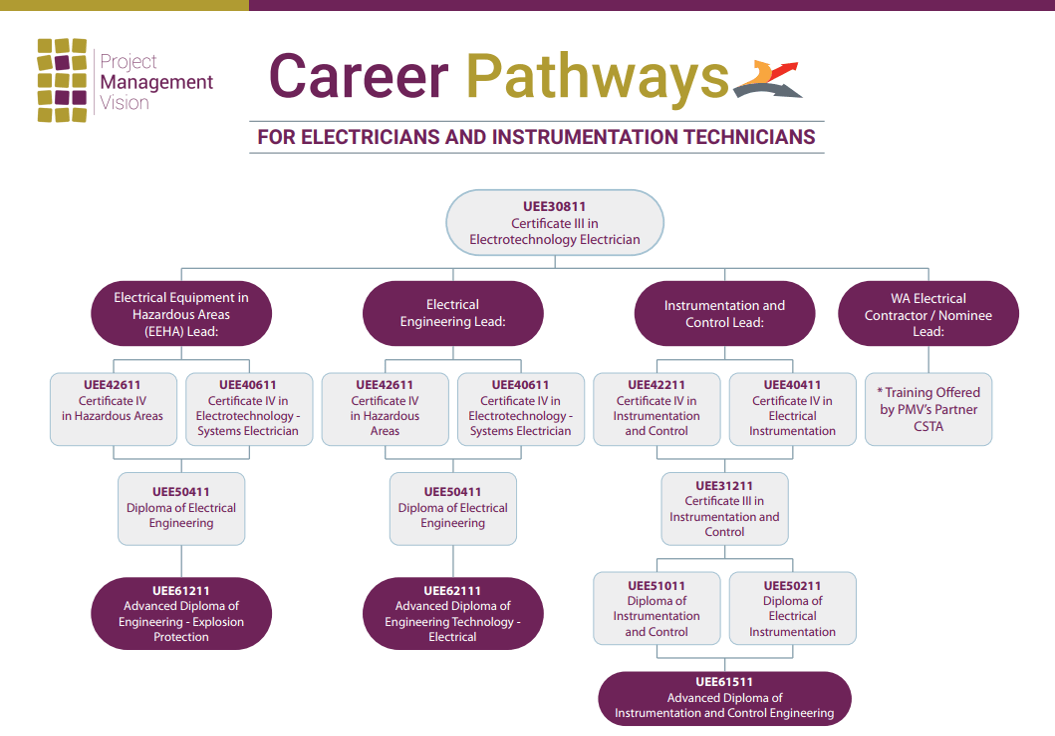Roar Solutions Can Be Fun For Everyone
Roar Solutions Can Be Fun For Everyone
Blog Article
The Best Strategy To Use For Roar Solutions
Table of ContentsThe 4-Minute Rule for Roar SolutionsExcitement About Roar SolutionsGet This Report about Roar Solutions
In such an atmosphere a fire or explosion is possible when three standard conditions are met. This is usually described as the "unsafe area" or "burning" triangular. In order to secure setups from a prospective explosion an approach of evaluating and categorizing a potentially unsafe location is needed. The objective of this is to make sure the right option and installment of devices to eventually protect against a surge and to make sure safety and security of life.
(https://www.bitchute.com/channel/JJyNq2gAk2M7)
No tools must be mounted where the surface area temperature of the tools is higher than the ignition temperature of the offered threat. Below are some common dirt hazardous and their minimal ignition temperature level. Coal Dirt 380C 225C Polythene 420C (thaws) Methyl Cellulose 420C 320C Starch 460C 435C Flour 490C 340C Sugar 490C 460C Grain Dirt 510C 300C Phenolic Resin 530C > 450C Aluminium 590C > 450C PVC 700C > 450C Soot 810C 570C The possibility of the risk existing in a concentration high enough to cause an ignition will certainly vary from location to location.
Hazardous location electric devices perhaps developed for usage in greater ambient temperatures. Field Repair By Authorised Personnel: Complicated screening may not be needed however specific treatments might need to be followed in order for the tools to preserve its third party ranking. Each piece of equipment with a hazardous ranking need to be examined individually.
What Does Roar Solutions Do?
The tools register is a thorough data source of equipment documents that consists of a minimum set of fields to recognize each product's location, technological specifications, Ex classification, age, and ecological data. The proportion of Detailed to Close inspections will certainly be established by the Devices Risk, which is assessed based on ignition danger (the possibility of a resource of ignition versus the likelihood of a flammable ambience )and the dangerous location classification
( Zone 0Area 1, or 2). Executing a durable Risk-Based Evaluation( RBI )approach is vital for guaranteeing conformity and safety in taking care of Electrical Devices in Hazardous Areas( EEHA).
The Of Roar Solutions

In terms of explosive risk, a hazardous location is an atmosphere in which an explosive ambience is present (or might be anticipated to be present) in amounts that require unique safety measures for the construction, installment and use find tools. eeha. In this short article we discover the difficulties encountered in the work environment, the threat control steps, and the called for proficiencies to function safely
It issues of modern life that we make, store or manage a variety of gases or fluids that are deemed combustible, and a variety of dusts that are considered flammable. These compounds can, in particular problems, form explosive ambiences and these can have major and heartbreaking consequences. Most of us are acquainted with the fire triangular remove any type of one of the three components and the fire can not happen, however what does this mean in the context of unsafe areas? When breaking this down right into its most basic terms it is essentially: a combination of a particular quantity of release or leak of a specific substance or product, blending with ambient oxygen, and the existence of a resource of ignition.
In the majority of instances, we can do little about the levels of oxygen in the air, yet we can have significant influence on resources of ignition, for instance electrical equipment. Dangerous areas are recorded on the harmful location classification drawing and are recognized on-site by the triangular "EX-SPOUSE" indicator. Below, among other crucial info, zones are split right into three types depending on the risk, the possibility and duration that an explosive atmosphere will certainly exist; Area 0 or 20 is considered the most dangerous and Zone 2 or 22 is regarded the least.
Report this page